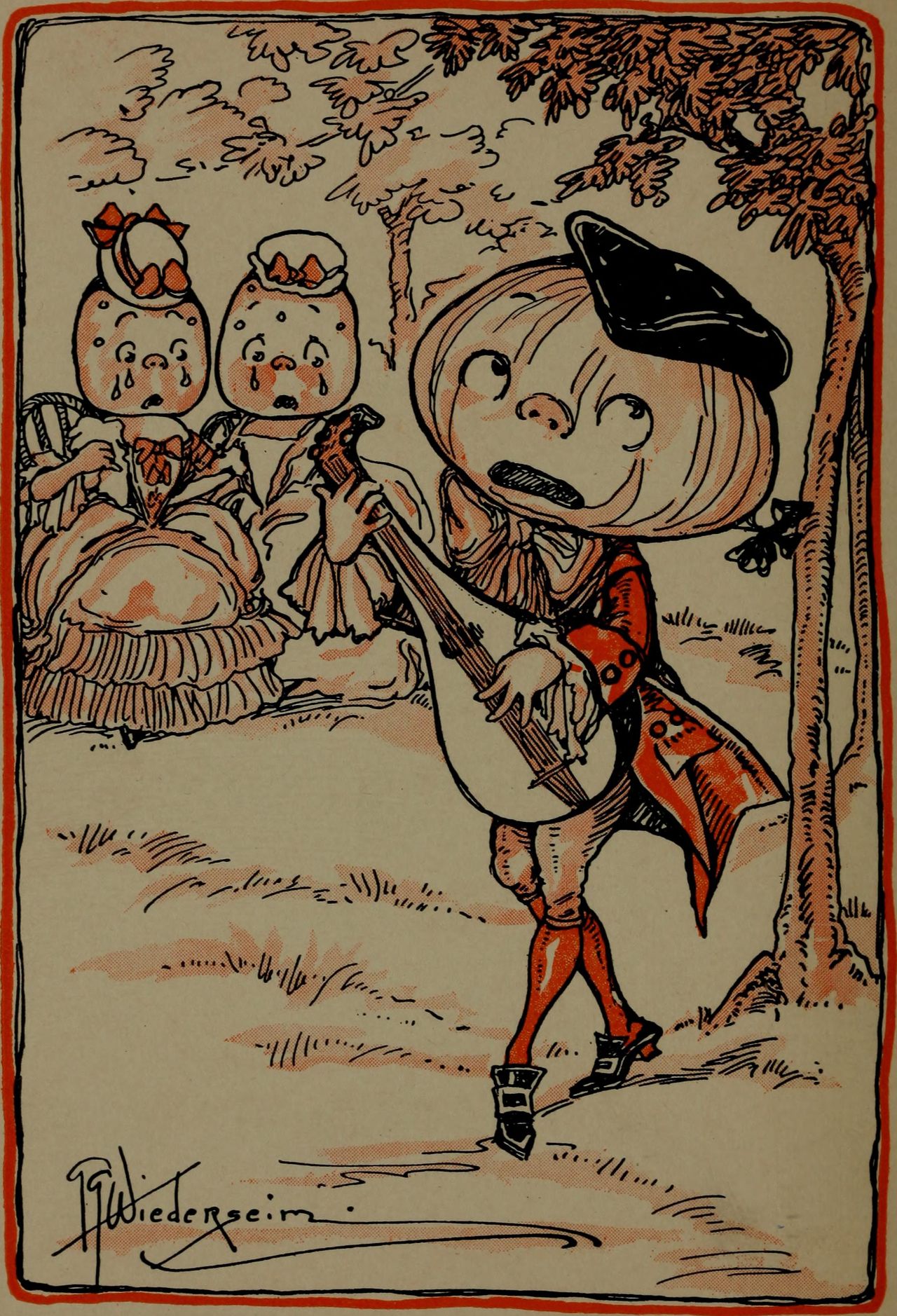Can Music Make Your Food Taste Better?
Spice up your meals with some sonic seasoning.
THIS ARTICLE IS ADAPTED FROM THE MAY 18, 2024, EDITION OF GASTRO OBSCURA’S FAVORITE THINGS NEWSLETTER. YOU CAN SIGN UP HERE.
Music is all about context. The same high-energy track that keeps you moving at a concert might feel disruptive and annoying if blasted at a restaurant. A 2018 study published in the Journal of the Academy of Marketing Sciences even found that the louder a restaurant’s music is, the more likely customers are to order unhealthy foods, possibly due to increased stimulation and stress.
Music can affect your mealtime, just as it can affect all human experiences to some extent. But what if music were treated not just as background to your food, but as an ingredient? Can music go beyond ambience, to directly enhance and complement tasting, chewing, swallowing? Can music be not just “the food of love,” as Shakespeare wrote in the opening of Twelfth Night, but the food of … well, food?
Meals That Make Music

There’s lots of historical precedent for food that incorporates music, from medieval English chefs hiding singing birds in a pie, to the provocative cookbooks of the Italian Futurist movement in the 1930s, which turned eating into avant-garde performance art. In one Futurist recipe called “raw meat torn apart by trumpet blasts,” diners are asked to alternate between blowing a trumpet and chomping on a boozy cube of beef.
Another Futurist dish, “polyrhythmic salad,” is served in a box with a crank on the left side. “Without using cutlery, the guests eat with their right hand while turning the crank with their left,” The Futurist Cookbook instructs. “This produces music to which the waiters dance until the course is finished.”
“Mother always taught me: never eat singing food,” Rizzo the Rat cautioned the audience in the 1992 film The Muppet Christmas Carol. Evidently not everyone heeded this warning, since 1992 also saw the release of The Special Effects Cookbook, featuring “food that smokes, erupts, moves, sings, and talks!”
One of these dishes, “the singing cake,” is supposed to whistle as it bakes, so you can “gather your friends around” and “whistle a merry tune along with the cake!” YouTube channel Jim’s Kitsch Kitchen attempted the recipe in 2024 and found it disappointingly silent. “Talking soda” from the same cookbook at least produced sound, even if the secret to its loquaciousness was a handful of Pop Rocks.
Music That Makes a Meal

A developing field called “sonic seasoning” suggests that there may be a direct link between our experience of sound and taste. In a 2010 study at Oxford University, subjects consistently connected the “five basic tastes” with different musical instruments, pitches, and melodies.
Sweet and sour were matched with high pitches, bitter and umami with low pitches. Brass instruments sounded bitter, while piano sounded sweet. In a follow-up study, subjects who sampled toffee while listening to custom tracks designed to enhance specific tastes reported an increase in the targeted flavors.
Sonic seasoning is still not well-understood, but some researchers connect it with synesthesia, a perceptual phenomenon where one sense activates another. I myself experience one of the most common forms, called grapheme-color synesthesia: I associate written words and letters with specific, consistent colors. But while I can “see” the colors of letters, some synesthetes can “taste” sounds.
“I love listening to piano because it tastes like caramel and chocolate (generally, milk chocolate),” a synesthete wrote on Reddit in 2021. “However, I hate some synthesizer sounds because they taste like black licorice.” Another synesthete, interviewed for Newsweek, recalled that in childhood, they chose friends “based on how nice their names tasted.”
These are among the rarest manifestations of synesthesia, and the effects are usually subtle, with phantom taste sensations washed away by the taste of actual food. But maybe we all have some degree of psychological linkage between sound and taste, like a latent superpower that can be triggered under just the right circumstances.
Pasta Playlist

In 2024, Oxford’s sonic seasoning research inspired pasta company Barilla to commission the Al Bronzo Soundtrack Experience from Cristobal Tapia de Veer, composer of the theme music for HBO’s White Lotus. Each of the seven tracks is designed to enhance the enjoyment of a specific Barilla pasta.
This is not the first time Barilla has found ways to creatively combine music with food. In 2021, the company released a series of “Pasta Playlists” on Spotify timed to the precise cooking time of different pastas as a learning tool for beginner cooks. (The Futurists, who lost favor in Italy due to their intense hatred of pasta, would have been horrified.)
My boyfriend and I decided to test the Al Bronzo Soundtrack for ourselves, so we prepared two of the represented pastas: rigatoni and bucatini. Official soundtrack notes for the rigatoni describe “twinkling bells [that] enhance the sweetness of ingredients like cherry tomatoes, while vocal accents bring forth the smoky depths of additions like bacon,” so we followed the recommended recipe using bacon, arugula, cherry tomatoes, and cheese.
For the bucatini track, described as having “a rolling bassline that brings out smoky, savory ingredients,” we improvised a recipe with bottarga. We listened to both tracks with headphones, as recommended, and tasted the pastas before and while listening to compare.
Mostly instrumental with hints of a wordless choir, the two tracks were whimsical, slightly haunting, vaguely Italian, and definitely reminiscent of White Lotus. “My mind was dancing,” said my boyfriend after the tinkling rigatoni track. He claimed that the music made the tomatoes in the rigatoni sweeter. I didn’t notice this, but I did taste a punctuating burst of black pepper every time I heard a shaker instrument that reminded me of a pepper grinder. The plucky, bouncy twangs of the bucatini track—described by Barilla as “jaunty”—made the pasta feel like a mouthful of guitar strings (or jungle vines, according to my boyfriend).
Both of us agreed that the music brought some flavors and physical sensations more to the forefront. But did it actually make the pasta taste better, and could these effects be felt by anyone? That’s less certain. After all, music, like food, is highly subjective, tied to the individual associations and memories that shape our perception.
My own experiment with sonic seasoning makes me curious how much of it depends on personal experience. Could a person who normally hates cauliflower enjoy it with the right sonic seasoning? Does the sound of a violin taste different to a violinist? How does a flavor system like the six Ayurvedic tastes—sweet, salty, bitter, astringent, pungent, and sour—map onto music? I don’t have the answers to these questions, but when it comes to food, it’s a new and fascinating dimension to consider. Maybe more restaurants should start offering not just wine pairings, but playlists.
Gastro Obscura covers the world’s most wondrous food and drink.
Sign up for our regular newsletter.




























Follow us on Twitter to get the latest on the world's hidden wonders.
Like us on Facebook to get the latest on the world's hidden wonders.
Follow us on Twitter Like us on Facebook